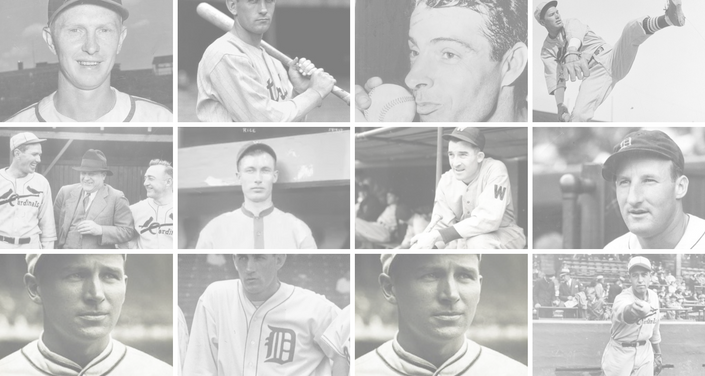1900 – The New York Times publishes a letter to the editor from Joseph Mann regarding Cap Anson’s book A Ballplayers’s Career‚ reviewed a week earlier. Anson’s is the first autobiography by a major league player. According to Mann‚ Anson’s book credits him‚ while a pitcher at Princeton‚ as the first pitcher to throw the curve ball‚ and the pitcher writes to expand on that. He says it was he who should receive credit‚ not Candy Cummings or Charles Avery of Yale‚ who he beat 3 – 0 on May 29‚ 1875‚ allowing no hits. He relates that in 1874 the Philadelphia team played at Princeton and‚ before the game and between innings Candy Cummings would stand at home plate and throw overhand down to second base curving the ball. Cummings also pitched that day and Mann says that Candy’s catcher said that sometimes Candy’s pitches curved‚ but not always. Mann says that day he got “two base hits and three singles against Cummings” and that he saw no curves‚ but was intrigued by the throws to second base. Mann says he worked on the curve that fall and over the winter unveiling it that spring. Mann ends his letter with: “I think I’ve said enough to establish the fact that I was the one who initiated the movement and revolutionized the pitching department of baseball.” A Mr. Rankin will answer Mann’s claims with a September 26 letter citing newspaper accounts of Alphonse Martinand Candy Cummings throwing curves in 1870.
On June 10, 1900 1900 – The New York Times publishes a letter to the editor from Joseph Mann regarding Cap Anson’s book A Ballplayers’s Career‚ reviewed a week earlier. Anson’s is the first autobiography by a major league player. According to Mann‚ Anson’s book credits him‚ while a pitcher at Princeton‚ as the first pitcher to throw the curve ball‚ and…

